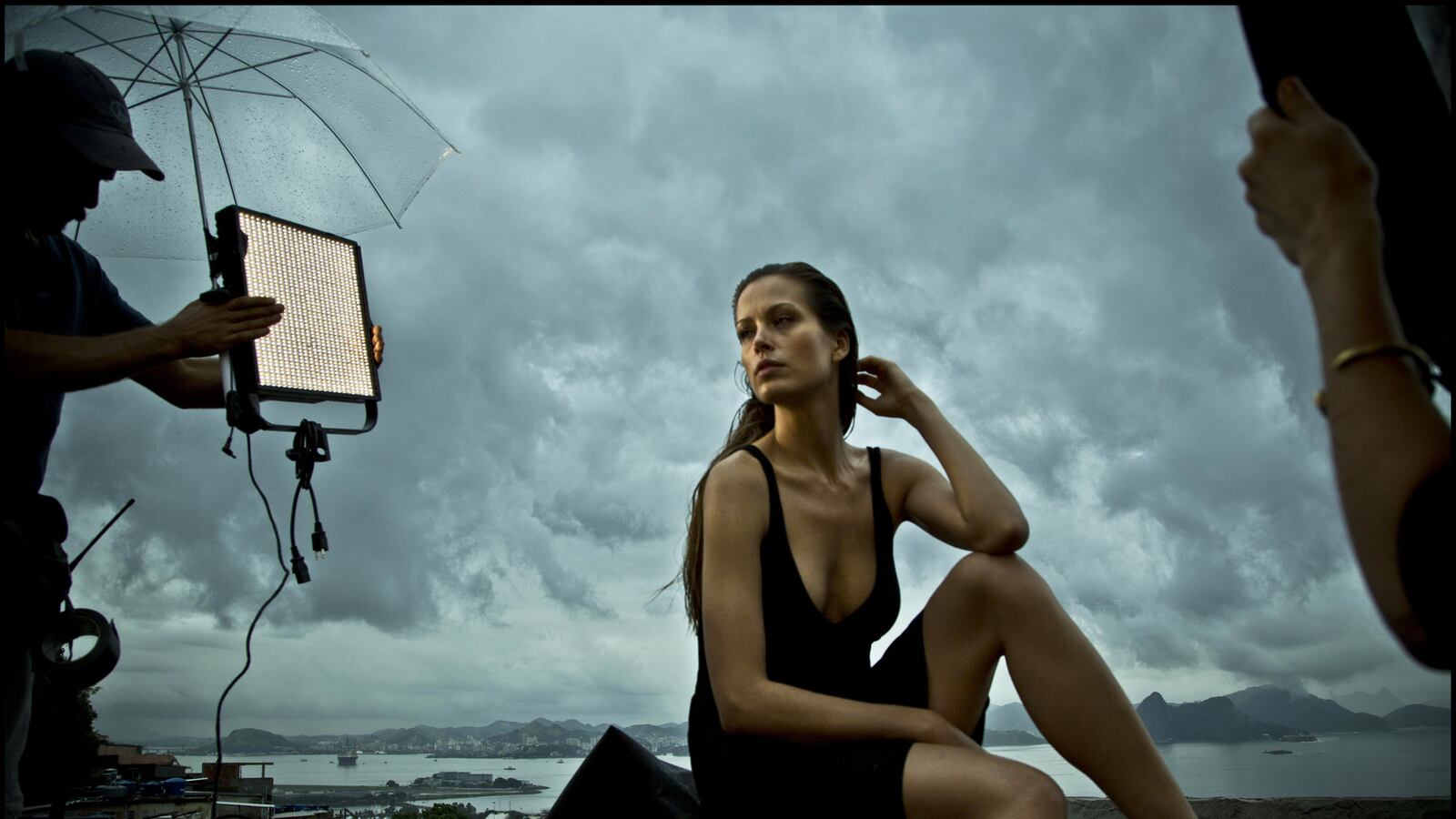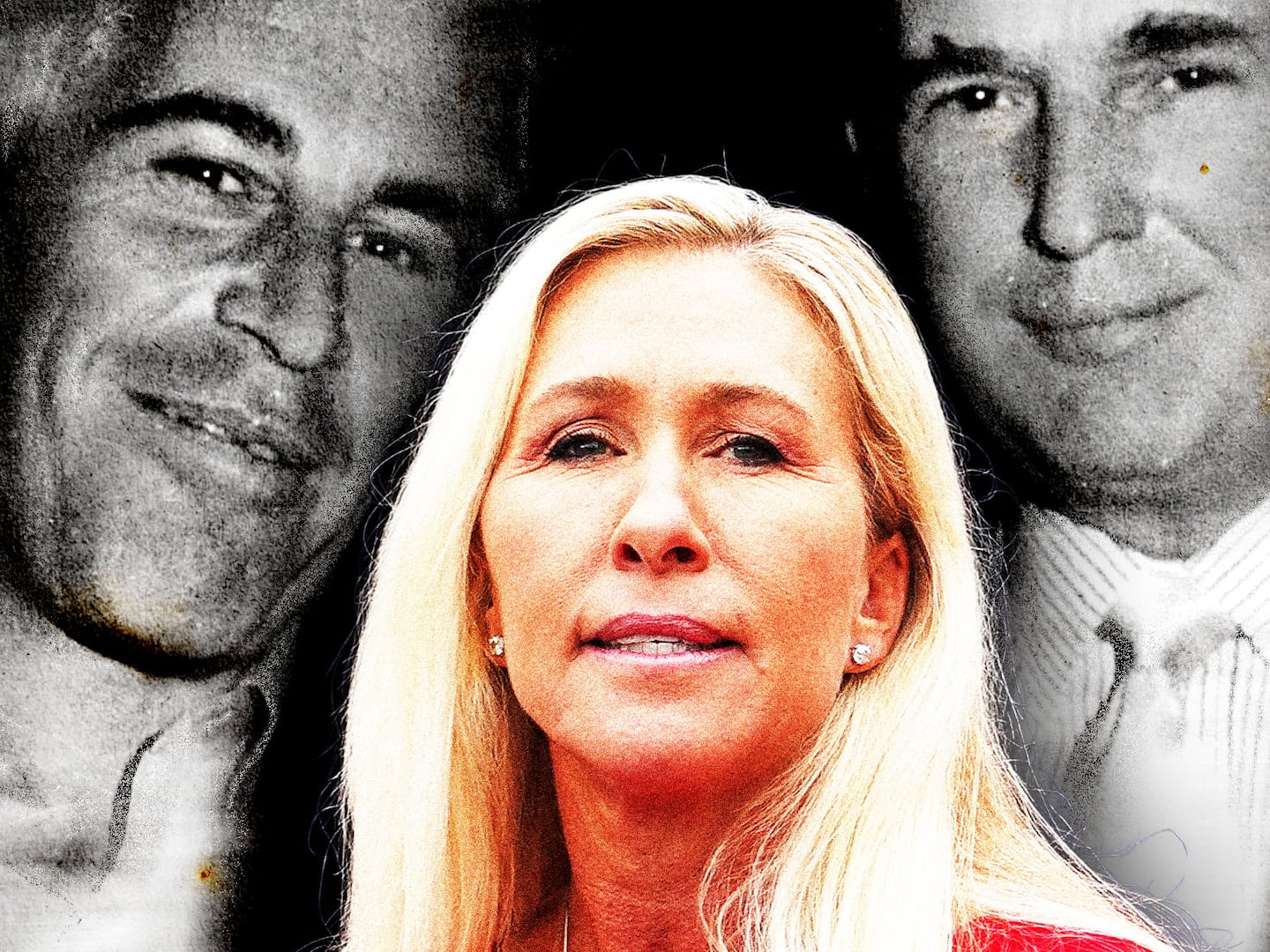
The Pirelli calendar, now in its 40th issue, is the hallmark of glossy nude photography. But this year, things are different: it was shot by American photographer Steve McCurry, the man most famous for photographing the 1984 National Geographic cover of Afghan refugee Sharbat Gula. And in so doing, McCurry turned the fundamental concept of the Pirelli calendar on its head.
Rather than cast models for their curves, McCurry picked his subjects based on their charity work—and dressed them in clothes. “We chose a selection of models that would speak to our criteria of women making a difference in the world,” McCurry told The Daily Beast when reached by phone. Instead of exploiting their good work with gratuitous shots, McCurry made the conscious decision to approach the project as a series of tasteful portraits, using Rio de Janeiro’s diverse landscape as a background. “Why be constrained by a particular way of doing things?” he said. “I thought it left more of a message.” As did his portrait of Brazilian model Adriana Lima, the first pregnant model ever to be included in the calendar. “If you are going to come to Brazil and shoot a calendar of women, you have to include her,” he said. Clothing or no clothing, pregnant or not, McCurry’s Pirelli work further emphasizes his delicate outlook on femininity. It transcends subject matter—whether it be a supermodel or bewildered refugee.
Here, McCurry speaks with The Daily Beast about Brazil, working outside of a war zone, and that famous cover image.
Fashion Beast: You don’t come from a fashion background, like many of your predecessors. What was it like to shoot this calendar?
Steve McCurry: Well, I thought of this more as a portraiture project of models rather than a fashion shoot in a way. I tried to have them be themselves and focus more on them as individual people.
FB: Why did you choose to shoot in Rio?
SM: The great thing about this project is that they let you do pretty much whatever you want, wherever you want to do it. Rio is a survivor—it’s so lively and so rich in tradition.

TDB: Did it feel a little different to work outside of a precarious war zone?
SM: I felt very comfortable in this assignment, Rio of course is pretty safe. There are other parts of the world I’m interested in that aren’t areas of conflict. I’ve been spending a lot of time in Burma, China, and Tibet lately, focusing on Buddhist cultures because I’m working on a project about Buddhism.
FB: What about Afghanistan? Do you go back frequently?
SM: I haven’t actually been to Afghanistan in two-and-a-half years. I always like to go back and keep in touch with the changes and monitor the situation. We’re in a very precarious place there, but for the past 30 years it’s always seemed like we’re in a precarious place, like a crisis could break at any moment.
FB: What about your famous National Geographic portrait—how does it feel to have created one of the most iconic images of the current conflict in Afghanistan?
SM: I feel honored to have created a photo that’s a symbol to refugees in Afghanistan at that point in time. The Afghans are proud of it too, they feel that it’s full of dignity and respect. There’s some sort of inspirational aspect to it.
TDB: Do you keep in touch with its subject, Sharbat Gula?
M: Yes, we keep in touch. I think that she’s very happy with the opportunity. We always try to provide and help her and compensate her in any way possible. I think it’s been a positive experience for her.






